Gardens offer a steady and reliable source of nectar all year round, helping to keep pollinators fed when farmland sources are limited, researchers have discovered.
Tag: bees
Bottlenecks and beehives: how an invasive bee colony defied genetic expectations
For more than a decade, invasive Asian honeybees have defied evolutionary expectations and established a thriving population in North Queensland, much to the annoyance of the honey industry and biosecurity officials.
Birds and bee lessons as Pacific field trips also solve ‘Michener’s mystery’
Eight new Pacific bee species and new insights into Fijian bird behaviour on Viti Levu Island have been described in new scientific studies led by Flinders University.
How did a tiny bee get to French Polynesia? Eight new species help solve a scientific mystery
In 1934, American entomologist Elwood Zimmerman, then an undergraduate student at Berkeley, participated in the ‘Mangarevan expedition’ to Polynesia.
Researchers learn how nectar-laden honey bees avoid overheating
Honey bees carrying nectar have the remarkable ability to adjust their flight behavior to avoid overheating when air temperatures increase, according to research led by a University of Wyoming scientist.
Spatial model predicts bumblebee exposure to pesticide use
It has long been known that agricultural pesticides are one of the greatest threats to bees and other essential pollinators.
Getting maximum calories in shortest time is the priority for bumblebees
Research has found that bumblebees make foraging choices to collect the most sugar from flowers in the shortest time – even if that means using more energy in the process – to provide an immediate energy boost for the colony.
These Robots Helped Understand How Insects Evolved Two Distinct Strategies of Flight
Robots built by engineers at the University of California San Diego helped achieve a major breakthrough in understanding how insect flight evolved, described in the Oct. 4, 2023 issue of the journal Nature. The study is a result of a six-year long collaboration between roboticists at UC San Diego and biophysicists at the Georgia Institute of Technology.
“Mummified” bees from the time of the pharaohs discovered in southwest Portugal
Fernando Muñiz, a research academic from the University of Seville, participates in a discovery that represents a unique opportunity in the fight against climate change.
Lack of maternal care affects development, microbiome and health of wild bees
Most wild bees are solitary, but one tiny species of carpenter bees fastidiously cares for and raises their offspring, an act that translates into huge benefits to the developing bee’s microbiome, development and health, found York University researchers.
Shell game: Researchers find an uncommon wild bee thriving by nesting in a localized bonanza of old snail shells
Biologists at McMaster University studying the local abundance of a typically uncommon wild native bee have found a clear link between the unusual population spike and the concentration of a non-native snail in the same area.
How Insects Track Odors by Navigating Microscale Winds
Insects use odor plumes — which travel like smoke and form when the wind blows odor molecules from their source — to track down sources such as flowers or pheromones. But wind tunnels are typically unable to replicate realistic outdoor wind conditions. In Physics of Fluids, by AIP Publishing, University of Nevada at Reno researchers decided to explore microscale wind conditions in various outdoor environments to better understand what flying insects might experience while tracking odor plumes.

UC Irvine biologists discover bees to be brew masters of the insect world
Scientists at the University of California, Irvine have made a remarkable discovery about cellophane bees – their microbiomes are some of the most fermentative known from the insect world. These bees, which are named for their use of cellophane-like materials to line their subterranean nests, are known for their fascinating behaviors and their important ecological roles as pollinators.
Male wasps use genitalia to sting their predators
Female bees and wasps use modified ovipositors, formerly used in egg laying, to sting their attackers, including people.
Fertilizers change how bumblebees ‘see’ flowers
A new paper in PNAS Nexus, published by Oxford University Press, indicates that chemicals used in agriculture, like fertilizers and pesticides, can change the way bees ‘see’ a flower, and that this reduces the number of bees visiting a flower.
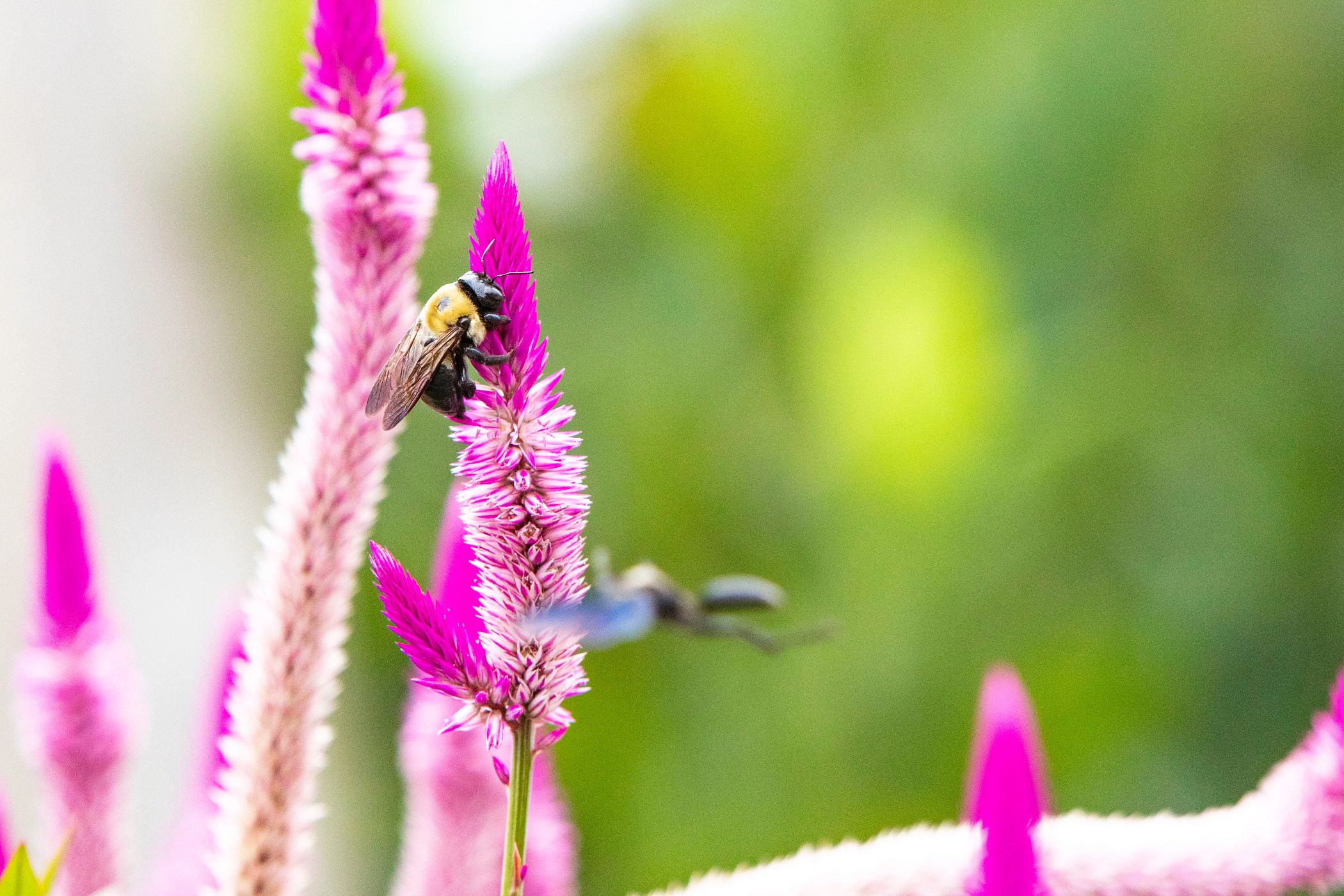
Diverse landscapes at the heart of bee conservation
New research from the University of Georgia revealed that mixed land use – such as developments interspersed with forest patches – improves bee diversity and is leading to new solutions for bee conservation. The researchers hypothesized that development would negatively affect bee diversity, but the results of the study were surprising. They found that small amounts of development actually had a positive impact on the number of bee species present in a given area.
Microbe protects honey bees from poor nutrition, a significant cause of colony loss
Researchers have identified a specific bacterial microbe that, when fed to honey bee larvae, can reduce the effects of nutritional stress on developing bees.
Plant compound may protect bees from deadly virus that makes them lose their way home
Around the world, honeybees are dying in large numbers.
City-living bees benefit most from specific types of urban ‘greening’
Converting vacant urban lots into greenspaces can reduce blight and improve neighborhoods, and new research shows that certain types of such post-industrial reclamation efforts offer the added bonus of benefiting bees.
‘Frugal’ bees’ architecture skills could prove key for future structures
New Cornell-led research finds honeybees are skilled architects who plan ahead and solve design challenges when constructing honeycombs, offering strategies that could benefit engineers.
The humidity of flowers acts as an invisible attractor for bumblebees
As well as bright colours and subtle scents, flowers possess many invisible ways of attracting their pollinators, and a new study shows that bumblebees may use the humidity of a flower to tell them about the presence of nectar, according to scientists at the Universities of Bristol and Exeter.
Pollen-sized technology protects bees from deadly insecticides
A Cornell University-developed technology provides beekeepers, consumers and farmers with an antidote for deadly pesticides, which kill wild bees and cause beekeepers to lose around a third of their hives every year on average.
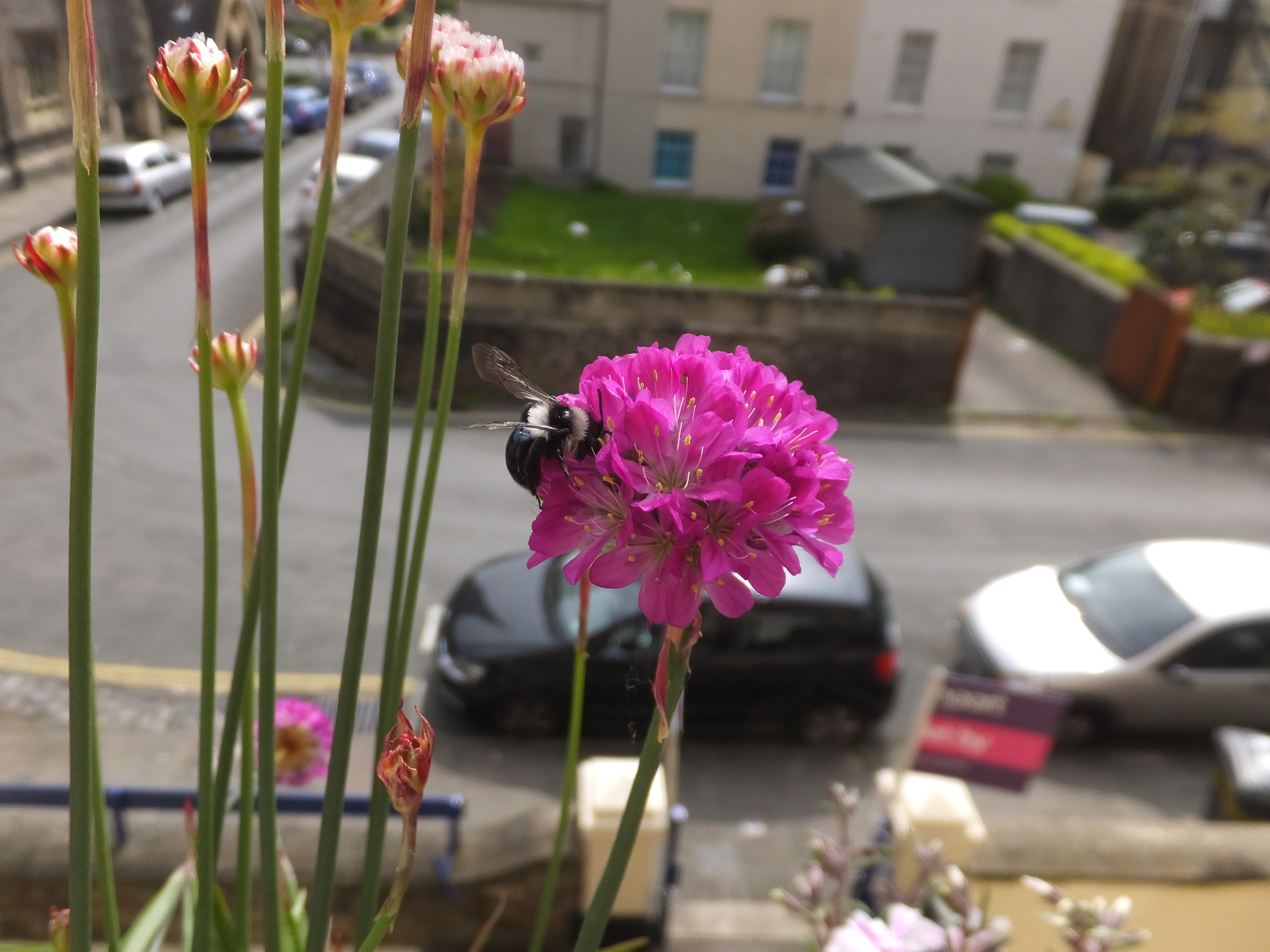
Pioneering research reveals gardens are secret powerhouse for pollinators
Home gardens are by far the biggest source of food for pollinating insects, including bees and wasps, in cities and towns, according to new research.
Study of flowers with two types of anthers solves mystery that baffled Darwin
Some flowers use a clever strategy to ensure effective pollination by bees, doling out pollen gradually from two different sets of anthers

New beehives to train veterinary students
The University of Georgia has joined the fight to save the bees by building a set of hives on campus. The new program will give residents and senior veterinary students in clinical training experience caring for these insects.
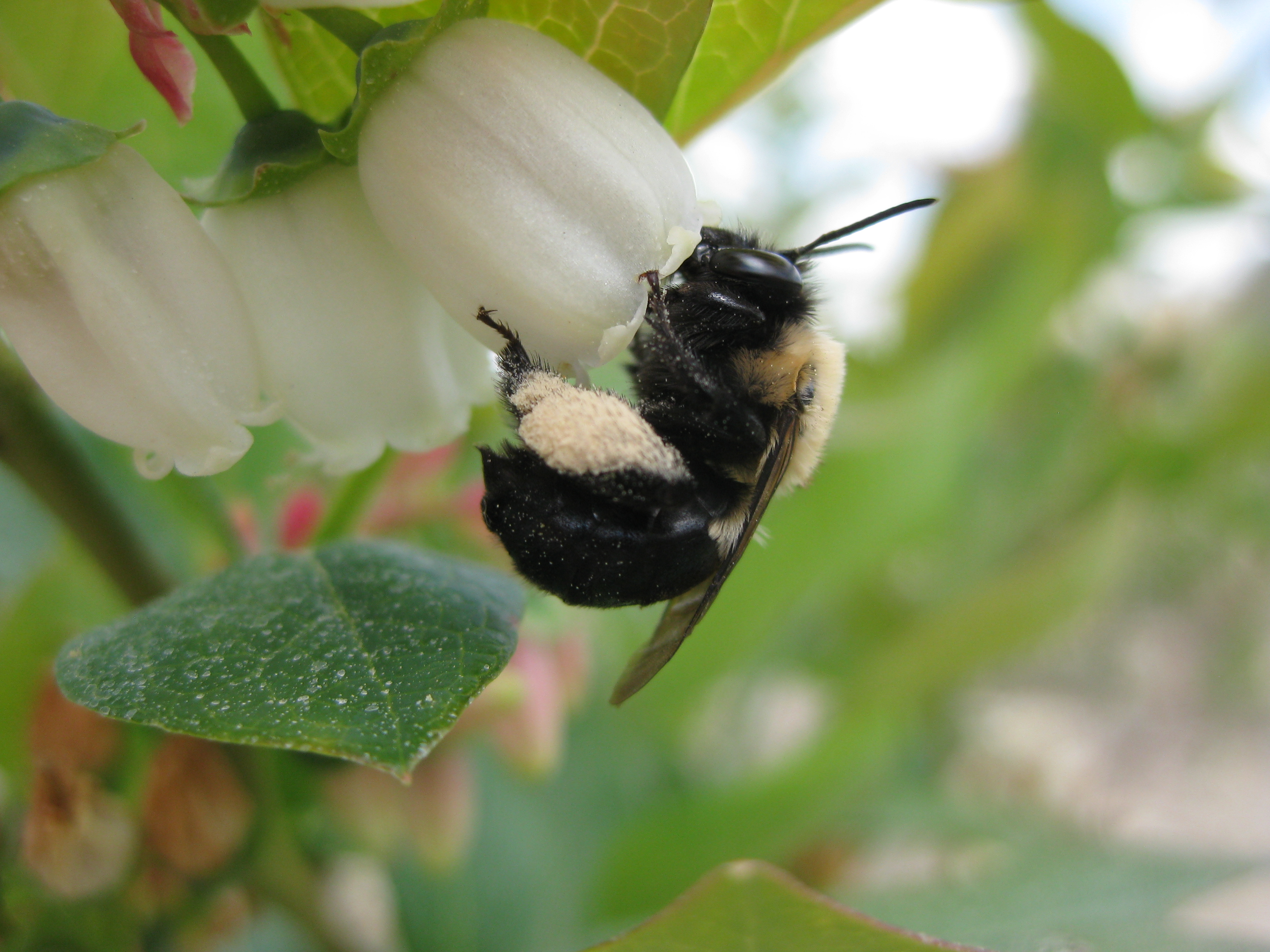
Decline of Bees, Other Pollinators Threatens U.S. Crop Yields
Crop yields for apples, cherries and blueberries across the United States are being reduced by a lack of pollinators, according to Rutgers-led research, the most comprehensive study of its kind to date. Most of the world’s crops depend on honeybees and wild bees for pollination, so declines in both managed and wild bee populations raise concerns about food security, notes the study in the journal Proceedings of the Royal Society B: Biological Sciences.
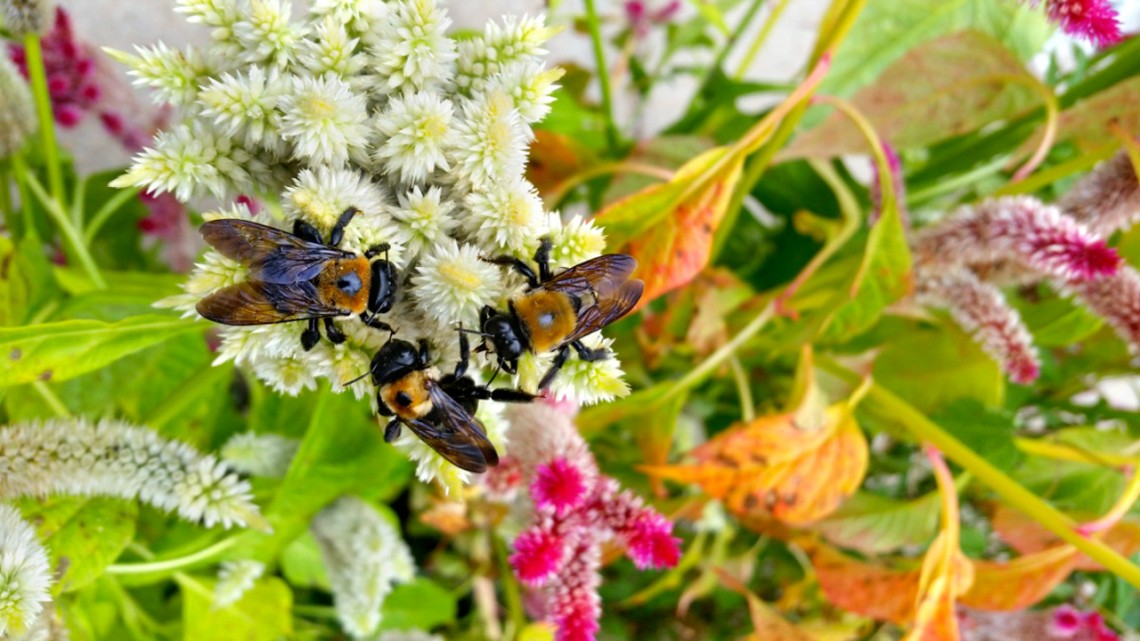
Study identifies spread of bee disease via flowers
One in 11 flowers carries disease-causing parasites known to contribute to bee declines, according to a Cornell University study that identifies how flowers act as hubs for transmitting diseases to bees and other pollinators.
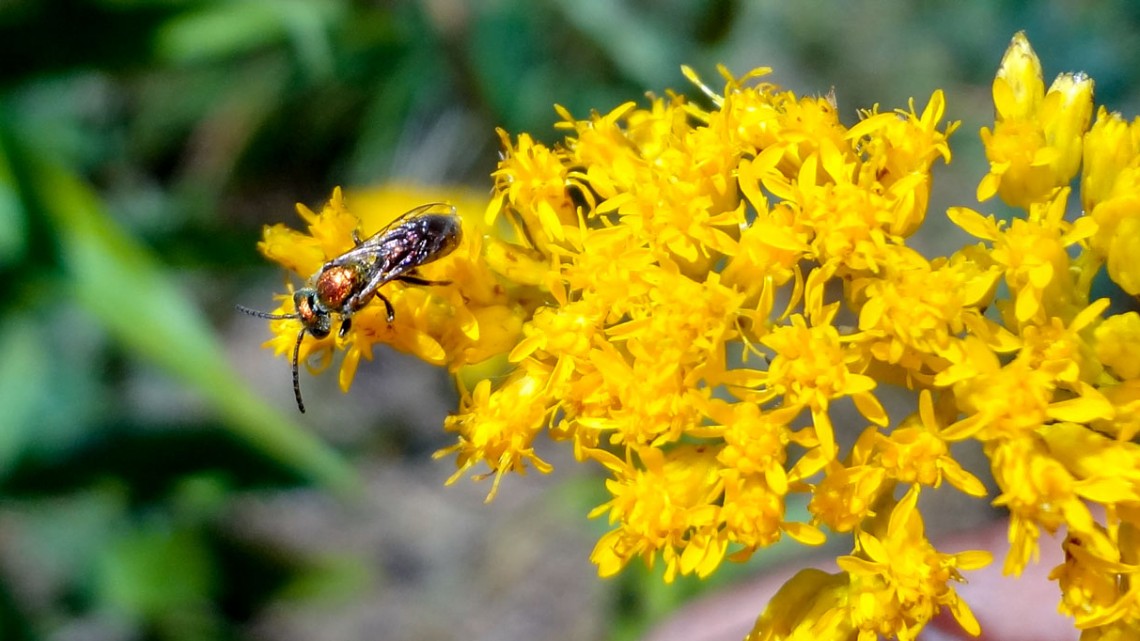
Cornell research traces how farmlands affect bee disease spread
A new Cornell University study on bees, plants and landscapes in upstate New York sheds light on how bee pathogens spread, offering possible clues for what farmers could do to improve bee health.
Texas A&M AgriLife mobilizes task force to head off possible emergence of “murder hornet” in Texas
A giant invasive hornet was sighted several times in northwestern Washington state and Canada in late 2019, causing concern across the U.S. At the request of Gov. Greg Abbott, a specialized task force led by Texas A&M AgriLife experts is spearheading an initiative to protect Texas citizens, agriculture and honey bees if the “murder hornet,” or Asian giant hornet, arrives.
Rutgers Experts Available to Discuss Invasive Asian Giant Hornet
New Brunswick, N.J. (May 6, 2020) – Rutgers University–New Brunswick experts are available for interviews on inquiries about the invasive Asian giant hornet (Vespa mandarinia). While media reports have triggered concern over the large pest, there are no reports of…
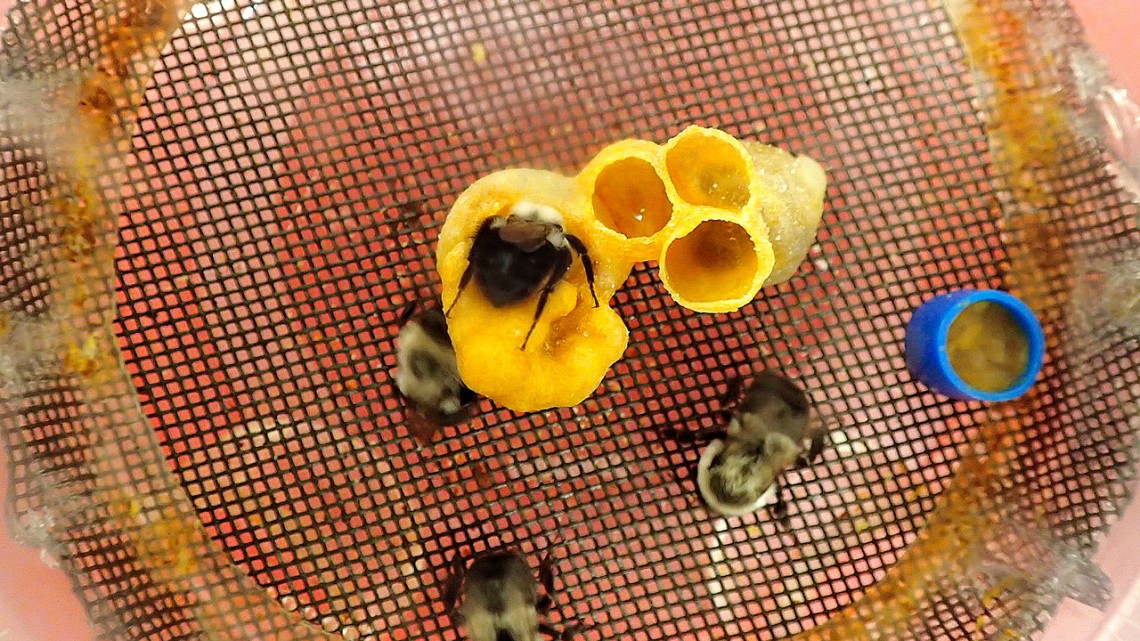
Bumblebees aversion to pumpkin pollen may help plants thrive
Cornell University researchers have found that squash and pumpkin pollen have physical, nutritional and chemical defense qualities that are harmful to bumblebees. The results of their recent study suggest that deterring bumblebees from collecting and eating pollen may provide an evolutionary benefit to cucurbit plants.